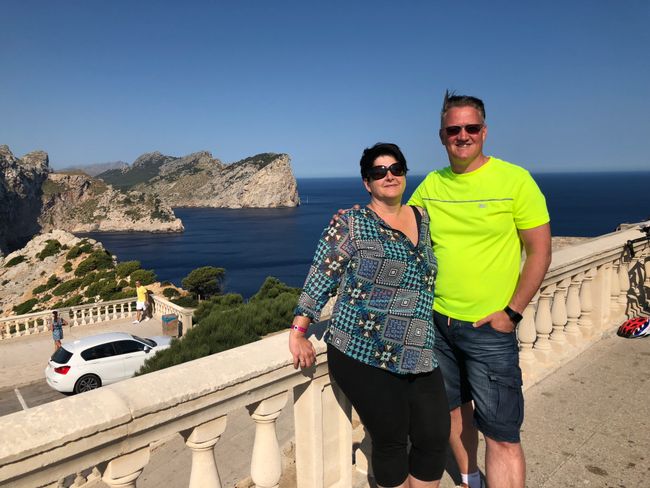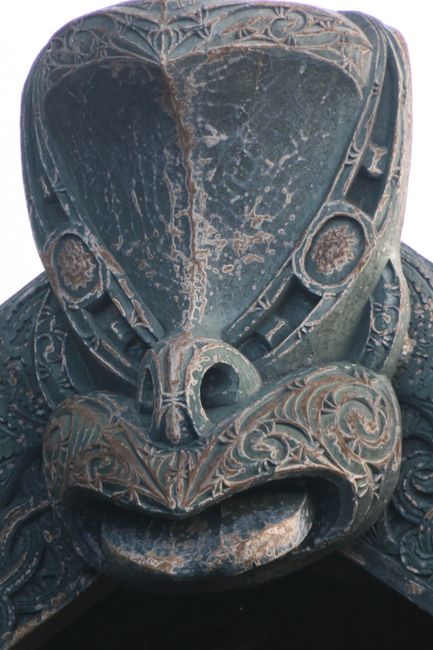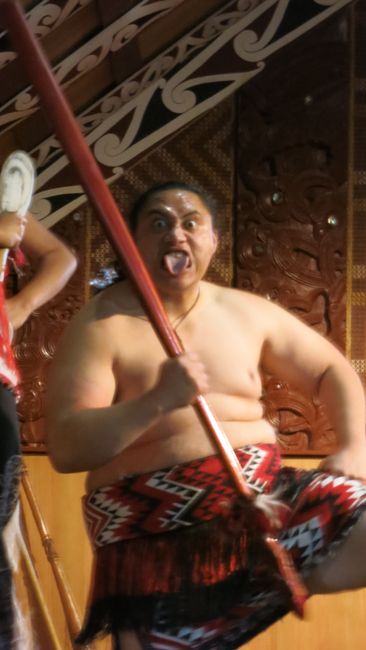Do the Māoris suffer the same fate as the Aborigines?
게시됨: 08.12.2018
뉴스레터 구독
First of all, the Māoris are warriors, while the Aborigines are a people who live in harmony with nature.
According to tradition, it was the 10th century sailor Kupe who sailed from Hawaiki and accidentally discovered and settled New Zealand while hunting the giant black octopus.
The Māoris, a warrior people, managed to drive away Abel Tasman (1764), and Thomas Cook (1770) learned to deal with them.
With the arrival of the first European settlers and whalers (1780), the Māoris went through almost the same fate as the Aborigines in Australia.
At first, there was a flourishing trade with the newcomers, and missionaries initially tried to understand Māori culture but later became increasingly alienated from it. The Māoris' way of life became unbalanced. Under the influence of the white settlers (called Pakehas), clothing, eating habits, and even tribal culture changed. Diseases to which the Māoris had no resistance significantly reduced their population.
Like the Aborigines, the Māoris sold their land to the white settlers, believing it would only be for a limited period of time. With the signing of the Waitangi Treaty in 1840, the Māori tribes were promised uninterrupted possession of land, forests, and fishing grounds, and the same rights as British citizens. However, the white settlers did not adhere to the treaty, and by 1912, the Māoris' share of land ownership was reduced to 5%. They were cunningly denied the right to vote as stated in the treaty.
When the Māoris realized that they would never get their land back, the usually feuding tribes united, elected a king, and demanded that their king have the same rights as the British governor. As you can imagine, the white settlers were not interested, and a kind of "civil war" broke out, which was bloodily ended by the British in 1864.
For the Māoris, only the land that was insignificant to the whites remained. At that time, the Māoris made up only 6% of the population.
The turning point came in the late 19th century through Māori politicians of the Young Māoris Party. They aimed to revive their people by adopting Western knowledge and values in fields such as medicine and education, while promoting traditional Māori culture and arts.
Since the 1970s, the Māori language has been taught in schools and kindergartens. Today, Māori, like English, is an official language. Both languages are represented on all official documents.
However, even though the Māoris are integrated into the white population, there are still differences. The Māoris earn significantly less in average per capita income, they are overrepresented in the lower social class, 39.5% of all Māoris over the age of 15 do not have a high school diploma, and their life expectancy is significantly lower.
뉴스레터 구독
답변

뉴질랜드 여행 보고서



